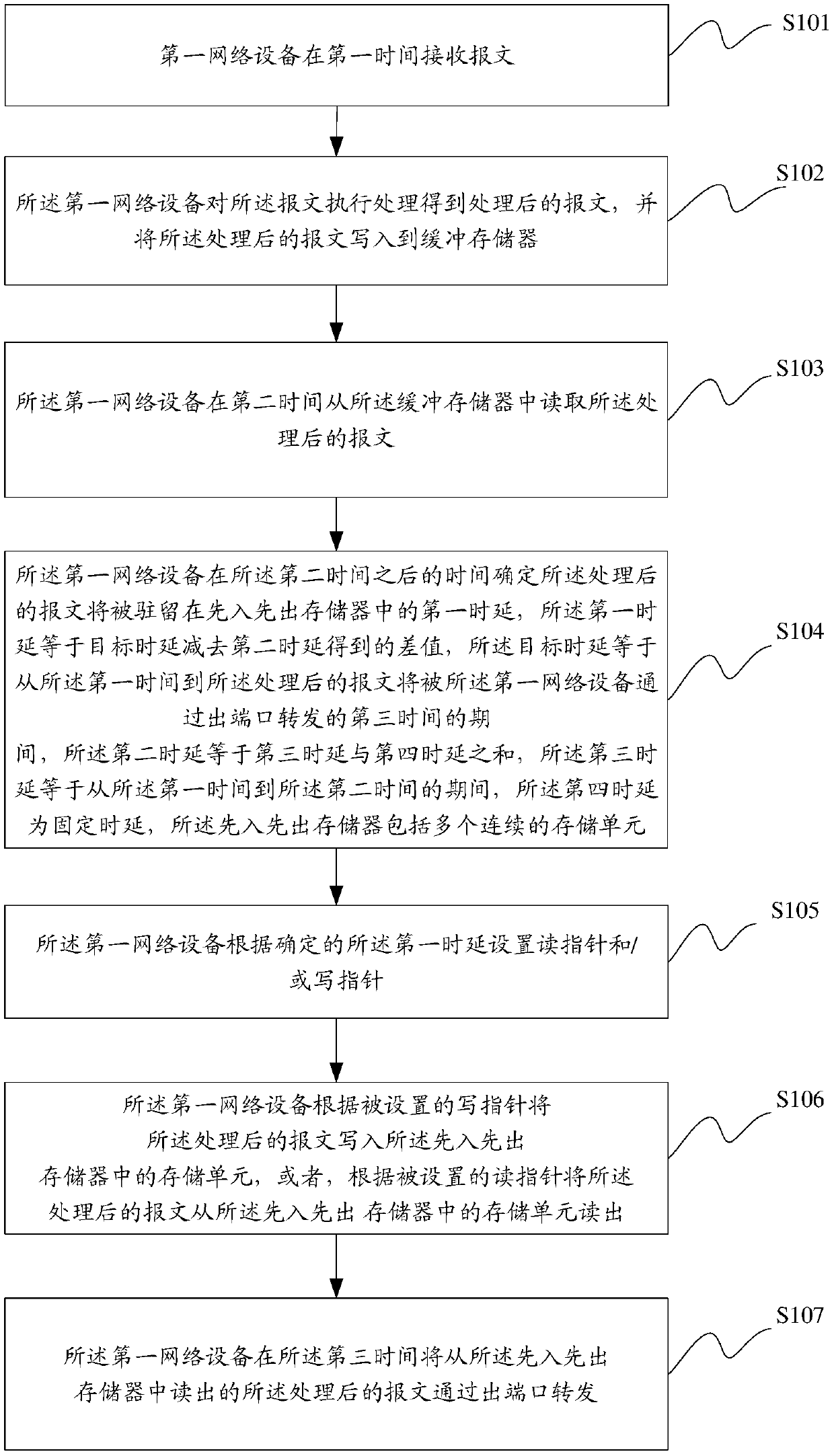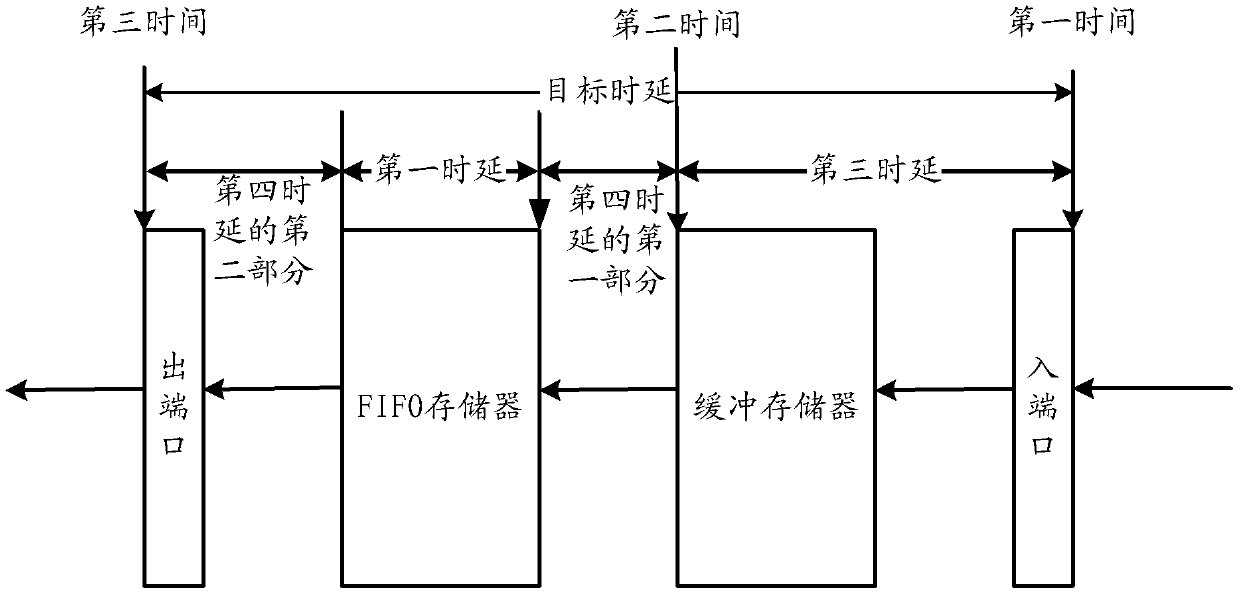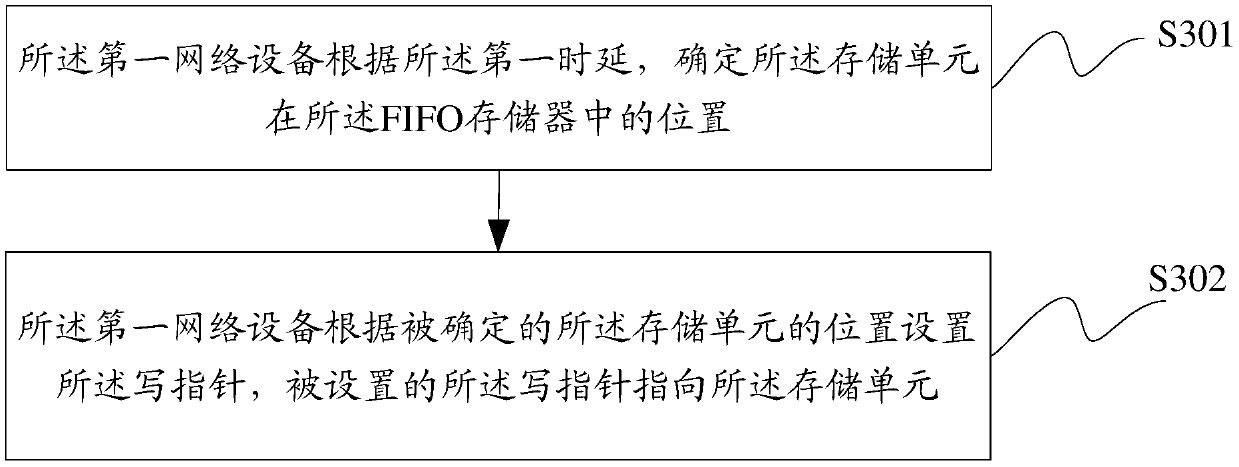Message processing method and device
A message processing and message technology, applied in the field of communication
- Summary
- Abstract
- Description
- Claims
- Application Information
AI Technical Summary
Problems solved by technology
Method used
Image
Examples
Embodiment Construction
[0094] The embodiments will be described in detail below in conjunction with the accompanying drawings.
[0095] Such as figure 1 As shown, a schematic flowchart of a method for processing a packet provided by an embodiment of the present invention includes the following steps.
[0096] S101: The first network device receives the packet at the first time.
[0097] For example, the first network device may be a PTN (Packet Transport Network, packet transport network) device, an OTN (Optical Transport Network, optical transport network) device, a router, or a switch.
[0098] In the embodiment of the present invention, the first time is the time when the first network device receives the packet.
[0099]For example, the service carried by the packet may be a CPRI service, an SDH service or a PDH service.
[0100] For example, when the first network device receives the packet at the first time, it may record the first time at which the packet is received.
[0101] For example...
PUM
 Login to View More
Login to View More Abstract
Description
Claims
Application Information
 Login to View More
Login to View More - R&D
- Intellectual Property
- Life Sciences
- Materials
- Tech Scout
- Unparalleled Data Quality
- Higher Quality Content
- 60% Fewer Hallucinations
Browse by: Latest US Patents, China's latest patents, Technical Efficacy Thesaurus, Application Domain, Technology Topic, Popular Technical Reports.
© 2025 PatSnap. All rights reserved.Legal|Privacy policy|Modern Slavery Act Transparency Statement|Sitemap|About US| Contact US: help@patsnap.com



